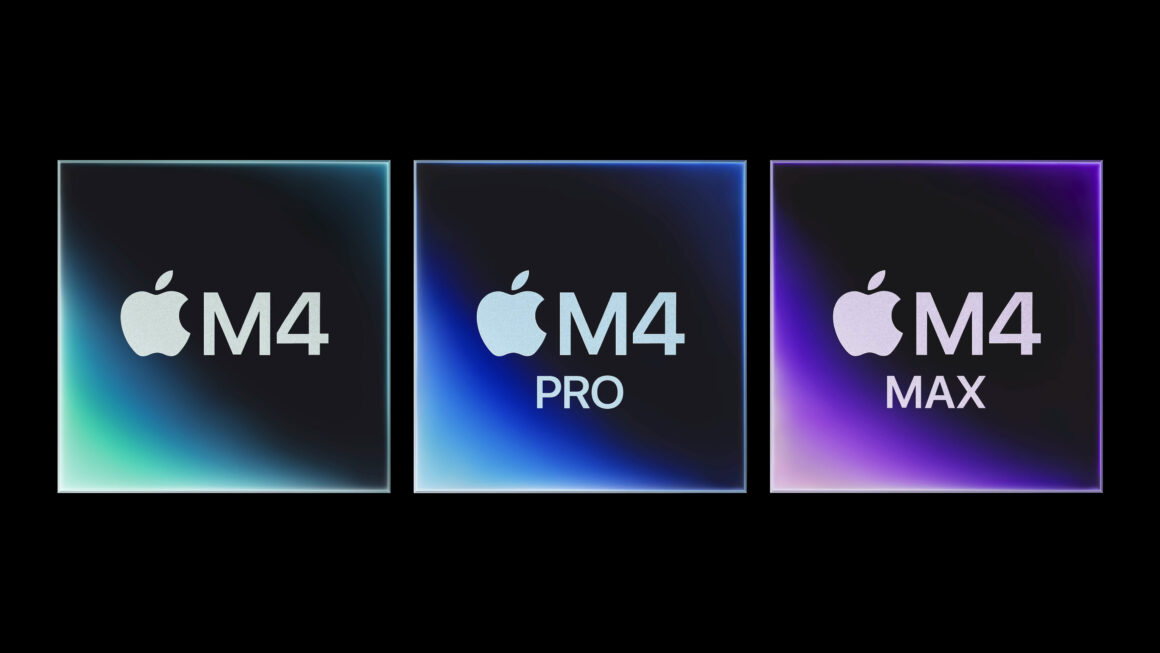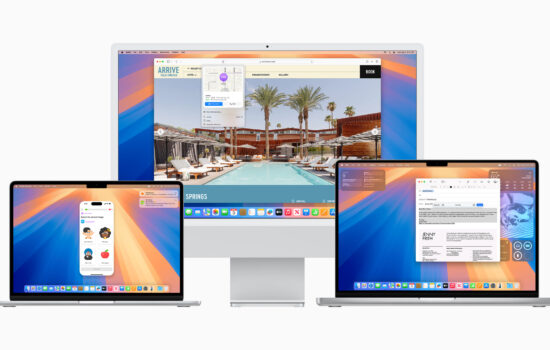Last week, we saw the lineup of Macs with the M4 series of chips. The iMac got upgraded with the M4 chip on Monday, the Mac mini with M4/M4 Pro on Tuesday, and finally the MacBook Pro with M4/M4 Pro/M4 Max on Wednesday. Although it was pretty much what we expected based on rumors and leaks, there were so many surprises that I honestly didn’t expect, which may turned out to be the biggest hardware-wise highlight for this year. With all of the new features the M4 Macs offer, Apple is not only trying to get users to finally upgrade from their Intel-based Macs since Apple Silicon Macs are obviously superior, but also, it even entices customers to upgrade from their Macs with the M1 series, which is the first generation of Apple Silicon for the Mac. Here’s why.
As you may know, this month will mark four years since the first Macs with Apple Silicon were introduced. They were all powered by the M1 chip. Although the M1 chip was a breakthrough in technology since it offered significant improvements in energy efficiency (e.g. higher performance per watt and longer battery life), it had several limitations that critics took note of. This was highly expected given that Apple Silicon was in its first generation. However, the new M4 chip solved all of the limitations that the M1 chip had for Apple’s entry-level Macs.
External Display Support
Previously on MacBook and iMac models with the M1 and M2 chip, you could output to only one external 6K monitor. Apple tried to mitigate this limitation with the M3 MacBook Air and M3 14-inch MacBook Pro (running macOS 14.6 or later) extending display support for up to two external 6K monitors, but only when the laptop lid is closed. Now, thanks to more Thunderbolt controllers on the full-fledged M4 chip, Apple can finally remedy this limitation entirely as the M4 iMac (4-port) and M4 14-inch MacBook Pro can now support up to two 6K monitors with the lid open on the MacBook Pro.
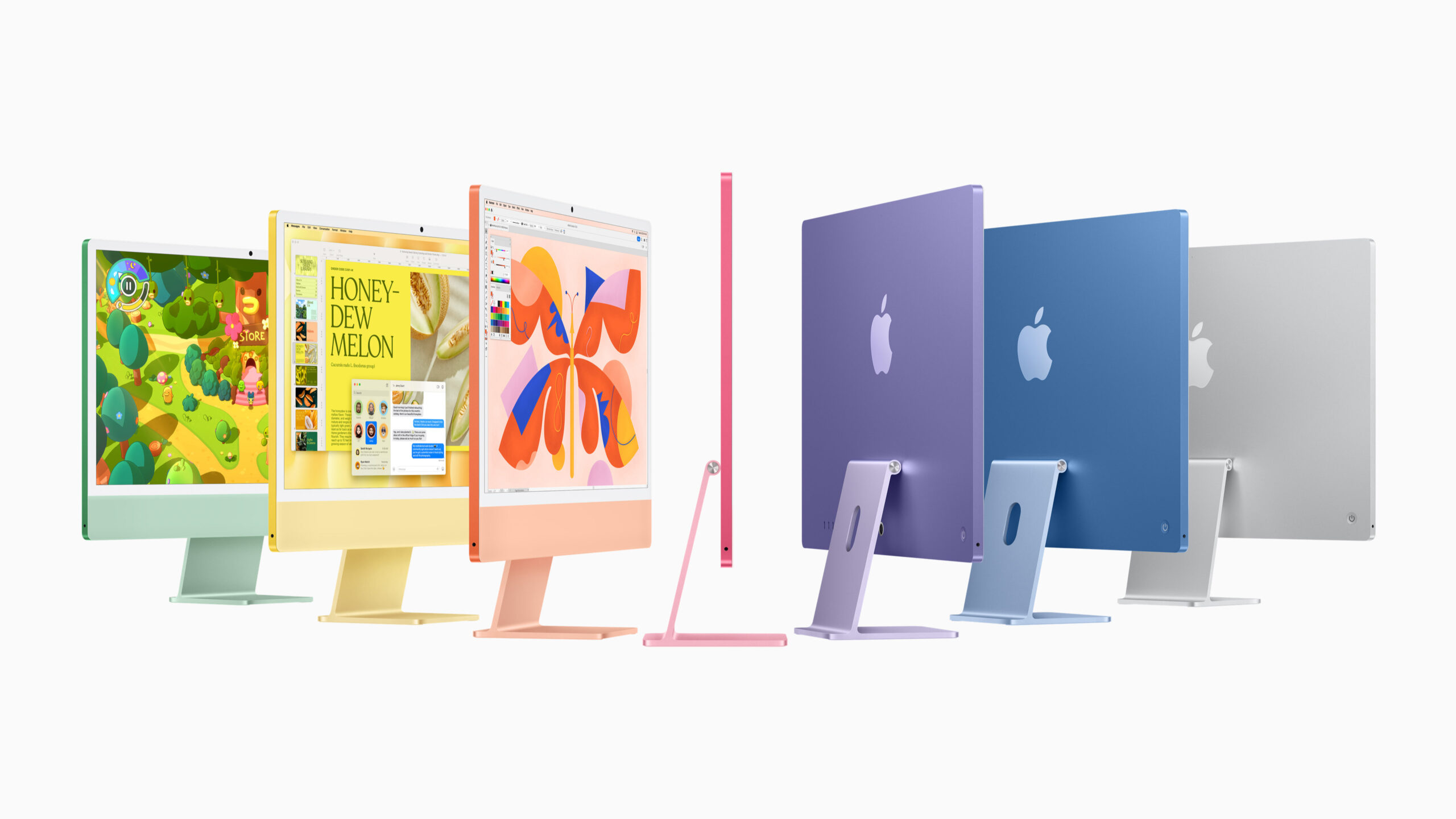
Improved Connectivity
With the much improved M4 chip, Apple is able to improve the connectivity for its M4 Macs.
- Previously on the M1/M3 iMac (4-port), you got four USB-C ports with only two of them Thunderbolt-enabled. Now with the M4 iMac (4-port), all USB-C ports are Thunderbolt-enabled, so you won’t have to worry about plugging your Thunderbolt accessory into the correct port for an optimal connection anymore. Since all USB-C ports are now Thunderbolt regardless of which model you choose, Apple can now remove the Thunderbolt icons on the back for a much cleaner look.
- Previously on the M1/M2 Mac mini, you only had two Thunderbolt (USB-C) ports whereas you had four of themon the M2 Pro model. Now, the port selection is the same on both the M4 and M4 Pro models as you now have five USB-C ports in total – two USB-C on the front and three Thunderbolt-enabled ones on the back (The key difference is Thunderbolt 4 on M4 vs. Thunderbolt 5 on M4 Pro).
- Similarly, on the M3 14-inch MacBook Pro, you had just two Thunderbolt (USB-C) ports on the left side of the machine, but with the addition of a Thunderbolt port on the right side, the M4 counterpart now has the same port selection (aside from the Space Black finish) as on the M4 Pro and M4 Max models with the same key difference in Thunderbolt speeds as previously discussed with the Mac mini (Thunderbolt 4 on M4 vs. Thunderbolt 5 on M4 Pro/M4 Max).
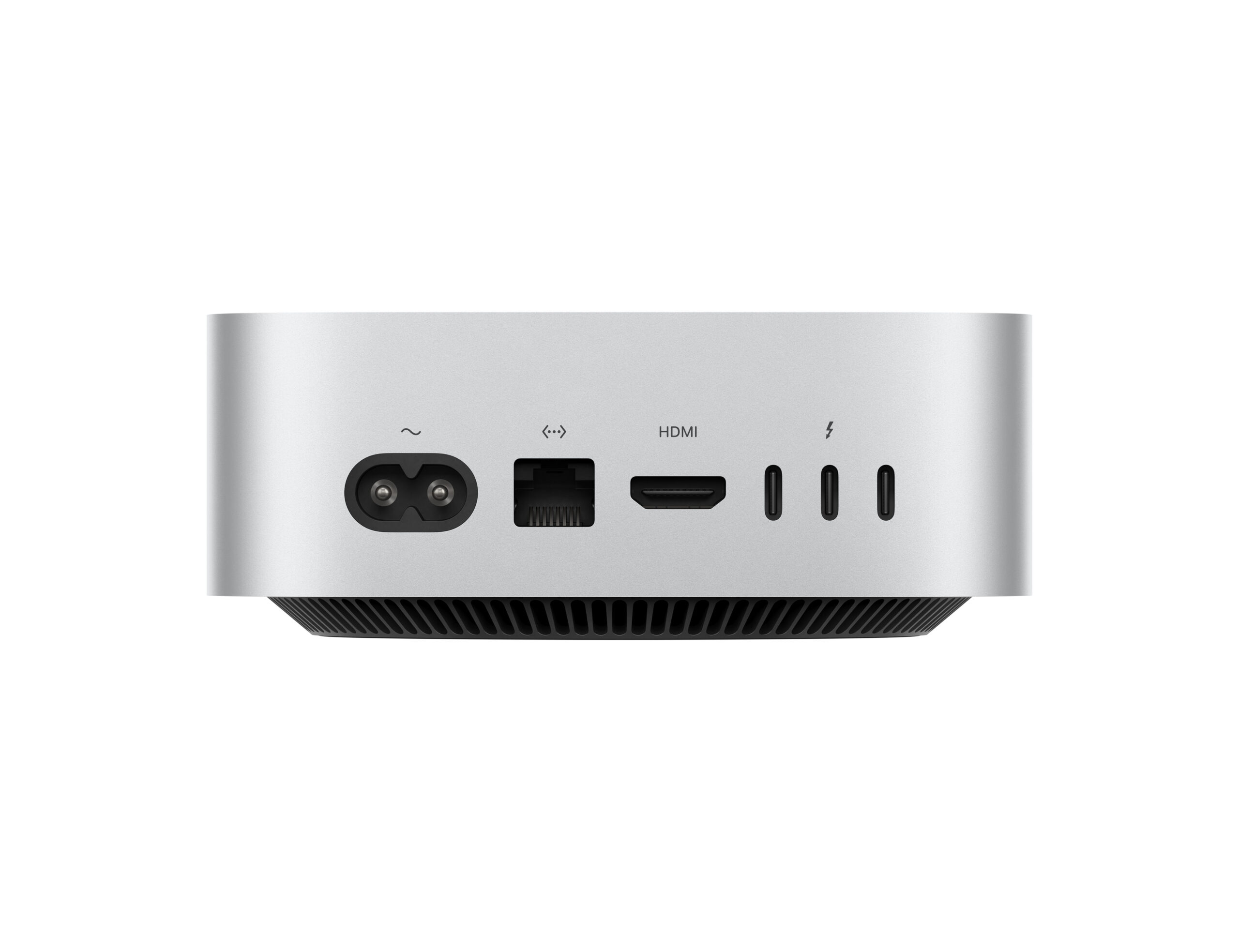
Nano-texture display option and 12MP Center Stage Camera
Originally, I didn’t expect any new features other than the chip upgrades. However, the two features I did not see coming to those new Macs were the nano-texture display option and the 12MP Center Stage Camera – both of them came from the Studio Display. The nano-texture display option is more than a welcome change. For the iMac, you’re likely going to put that machine in a well-lit room with windows that allow the sunshine to pass through. Since the iMac is a stationary product, having a nano-texture option should reduce glare significantly, especially from the harshest sunlight. This is especially true for MacBook Pro users who take their machines everywhere, so this will be a very nice upgrade in addition to the brighter displays when viewing SDR content (1000 nits) for those who take their work outdoors. The nice thing is that it’s available on the M4 iMac (4-port) and all models of the M4-based MacBook Pros. It’s still worth noting that there will be upgrades of $250 and $150 for the iMac and MacBook Pro, respectively.
The 12MP Center Stage Camera has been available on all modern iPads and the Studio Display, so bringing that feature to the M4 iMac makes perfect sense since the iMac is a home computer that the whole family can use. Plus, family members will surely benefit from the Ultra Wide camera, which will let more people in and allow for Desk View for an enhanced FaceTime experience. I was even more surprised that Apple was able to fit the 12MP sensor into the MacBook Pro since the lid is incredibly thin, and sensors would need to be bigger to allow for more light for optimal quality. So it was an engineering marvel that the new MacBook Pros now have this amazing camera technology, and it will surely benefit those users who often collaborate with their colleagues on the go, especially when they use Desk View to present their best ideas.
So having these features from the Studio Display will surely be a game-changer, and I’m sure we’ll see the same features coming to the M4 MacBook Air next year.
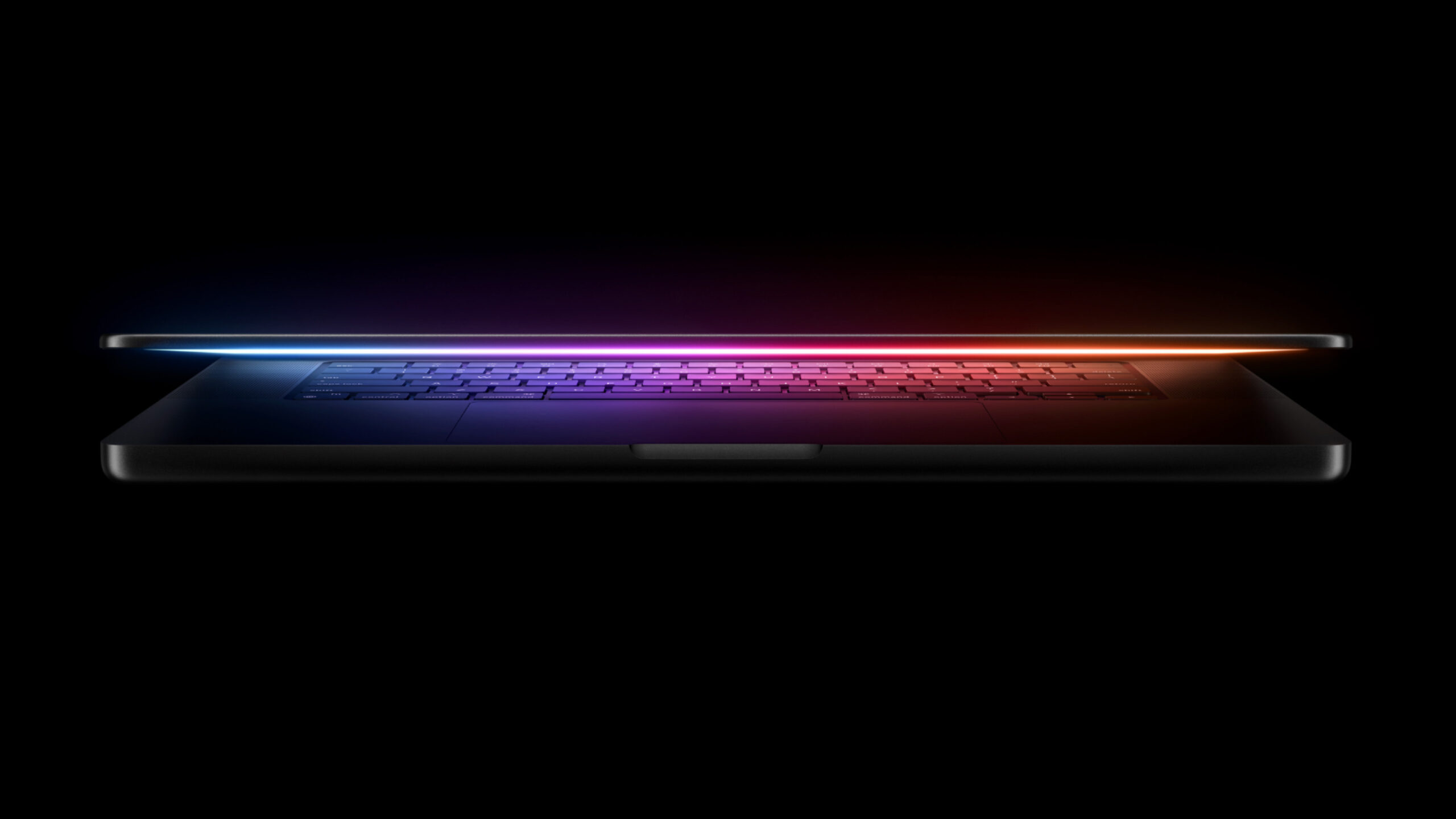
More Unified Memory on the Base Configuration
The increase in unified memory standard across all the M4 Macs from 8GB to 16GB brings a more remarkable value for even the base configurations of those Macs. And what surprised me even more was that Apple announced that the M2 and M3 MacBook Airs got the same treatment as well. This unexpected move was what stood out to me the most, and it topped off last week’s announcements in the best possible way. For years, customers have criticized the measly 8GB of memory as standard for the base Macs. Not only that, but the only choice to upgrade the memory was through Apple, so customers wouldn’t be able to take advantage of the sales for those Macs since those sales were applicable to only the standard configurations in general. Now that 16GB memory is standard, customers can save even more money as we’ll surely see more discounts and big savings around Black Friday. On a side note, you can now choose any of the seven colors for the M4 iMac (2-port), whereas you can only choose four on the M1/M3 counterpart. So with the majority of the Mac lineup updated for this year, there’s no better time to buy a Mac than now, especially for those coming from either an Intel Mac or a PC.
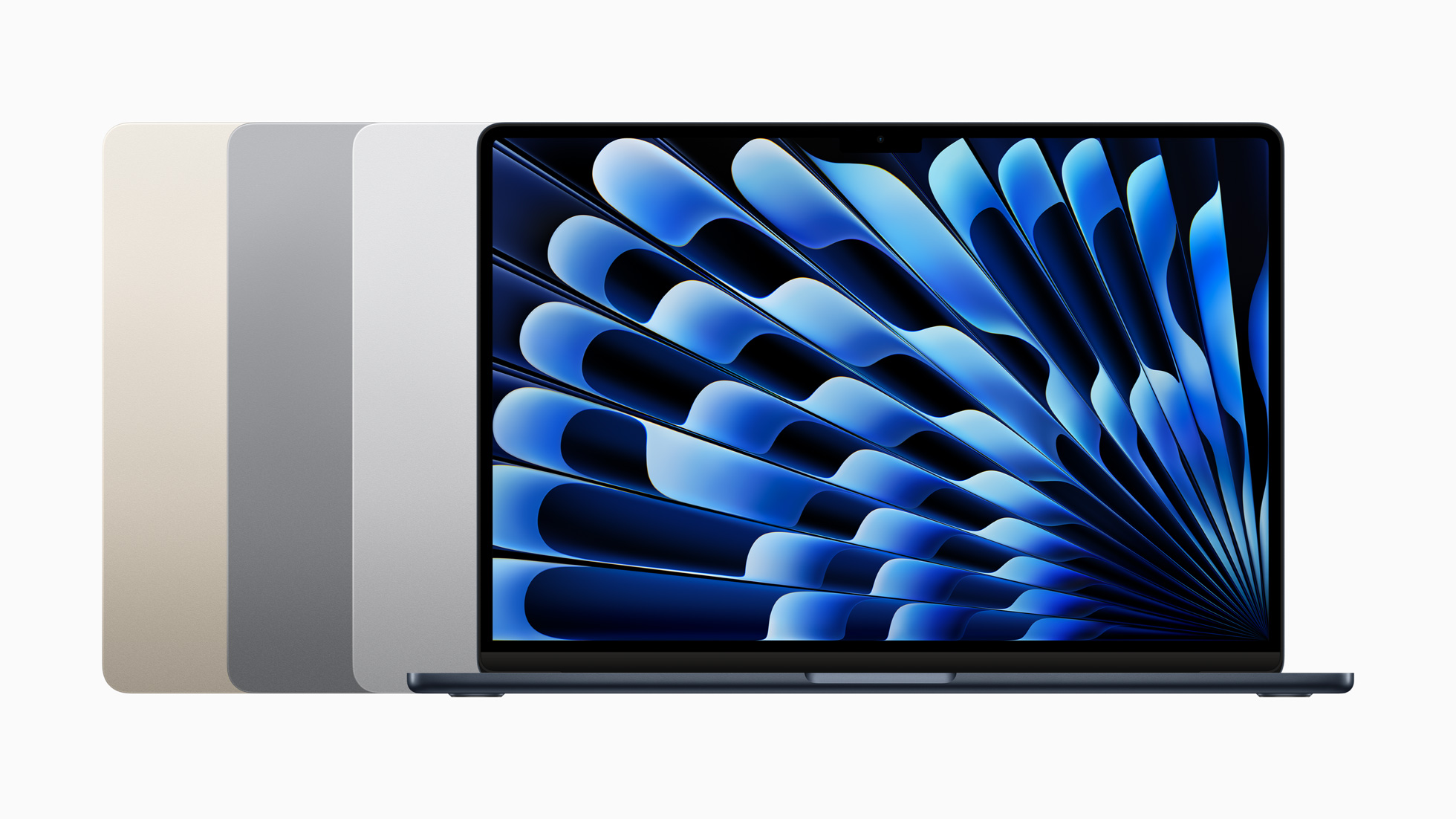
Conclusion
With all of the new features that Apple brought to the table for its M4 Macs, this shaped up to be the biggest announcement for the Mac since the very first Macs with Apple Silicon, so it’s by far the biggest improvement when coming from the M1 Macs, and Apple finished the year off strong with introducing the new Macs while celebrating the Mac’s 40th anniversary.
Thanks for tuning in, and follow us on X to get even more news and tidbits about Apple’s newest lineup of Macs!





